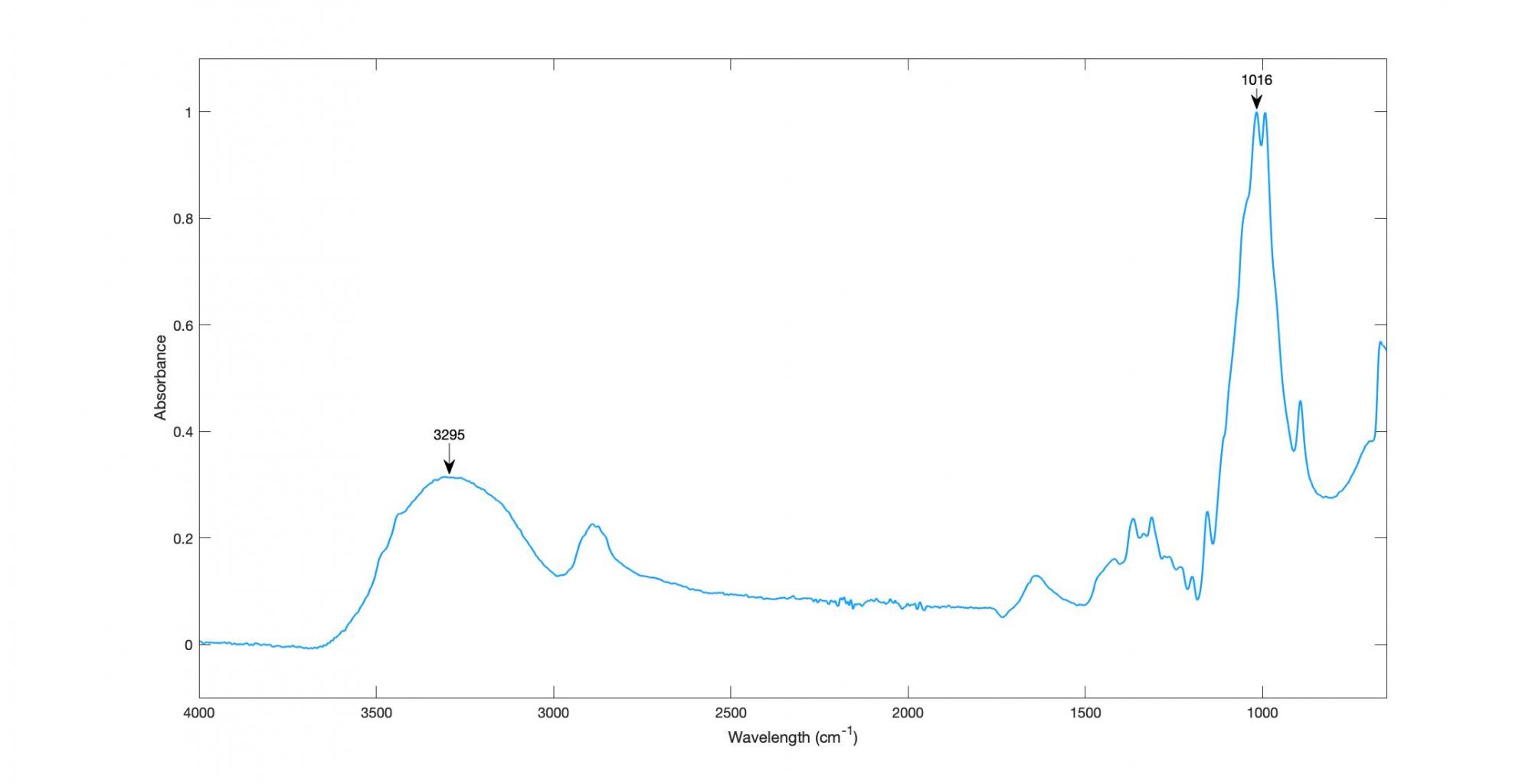Lyocell viscose; Tencel™ branded modal

Inventor: Clarence C. McCorsley III patented the process, but the method had been subject to research and development from the 1960s
Invented: 1981, US patent granted to McCorsley
Commercially available from: 1988, Courtaulds, UK (semi-commercial production); 1992, Courtaulds, Mobile, Alabama, USA
Trade names: Tencel; Excel; Ecovero; Livaeco
Commonly used starting materials: beech and eucalyptus trees, bamboo. For a simplified visual explanation of the process from starting materials to usable fibre please go to Fibre conversion processes: lyocell.
Principal characteristics: very versatile, can be manufactured to look and feel like silk, cotton and wool; high tensile strength; soft with excellent draping qualities; receptive to dyes and colour-fast; breathable and moisture wicking; medium risk of pilling.
Principal uses: fashion, sportswear; often used for its sustainable credentials.
Environmental impact: the lyocell fibre spinning process is an environmentally responsible green technology that eliminates toxic chemical use and chemical reactions, recycles and re-uses over 90% of the dissolving agent in a closed loop process. The leading producers use wood pulp from sustainably managed, plantation grown, fast-growing trees, including eucalyptus which will grow in very dry conditions. However, if the wood pulp is derived from non-sustainable sources, it would be an issue.
Care and signs of degradation: lyocell is an extremely stable fibre with high moisture absorption and antibacterial properties.
Recyclable? 100% lyocell fabric has the potential for re-use and remanufacture; blended fabrics are problematic and cannot be commercially recycled at present.
Biodegradable? Yes
Potential narratives:
- benefits and challenges of introducing circular systems to textile production.
- sustainable design.
Documented garment exemplars:
